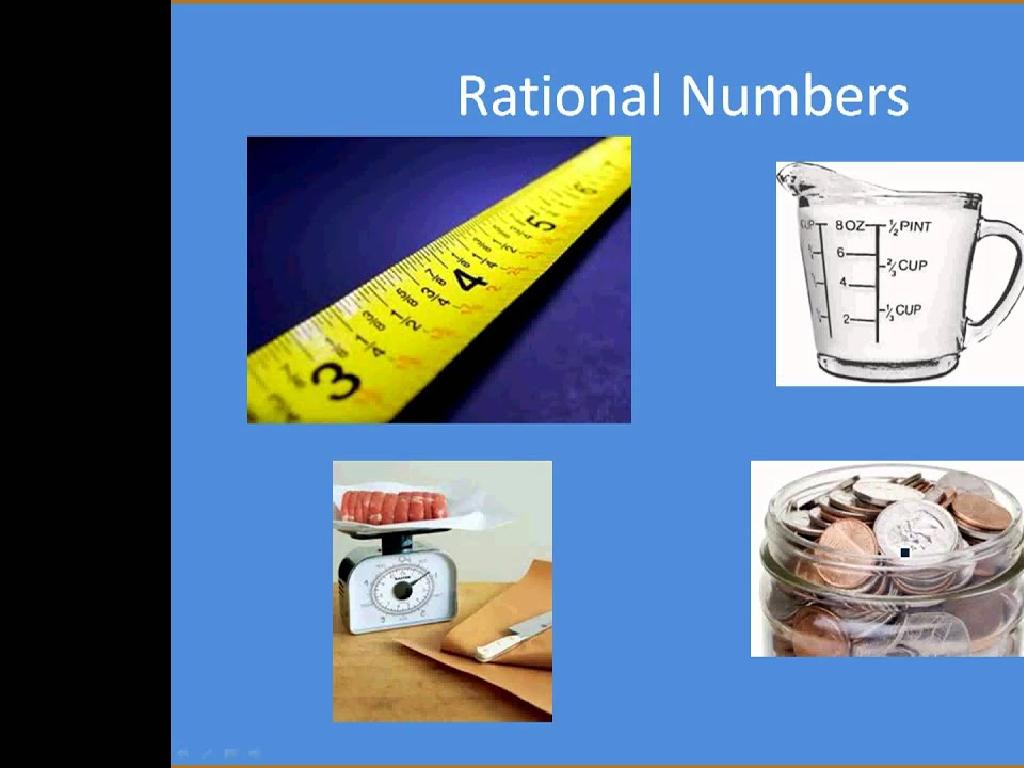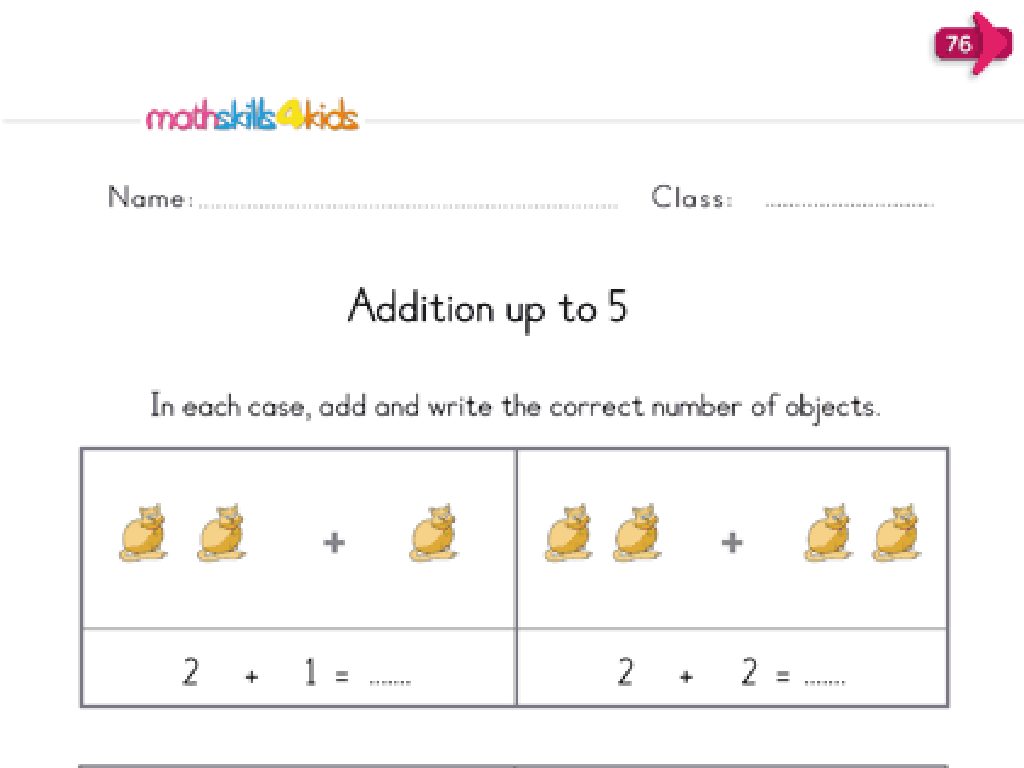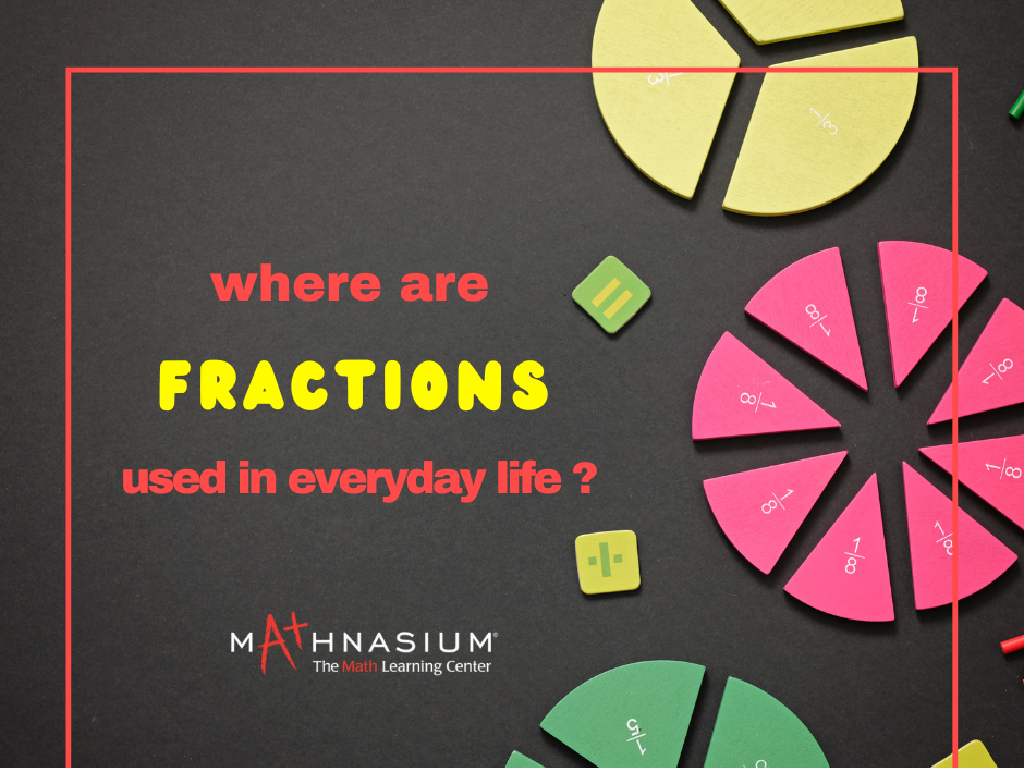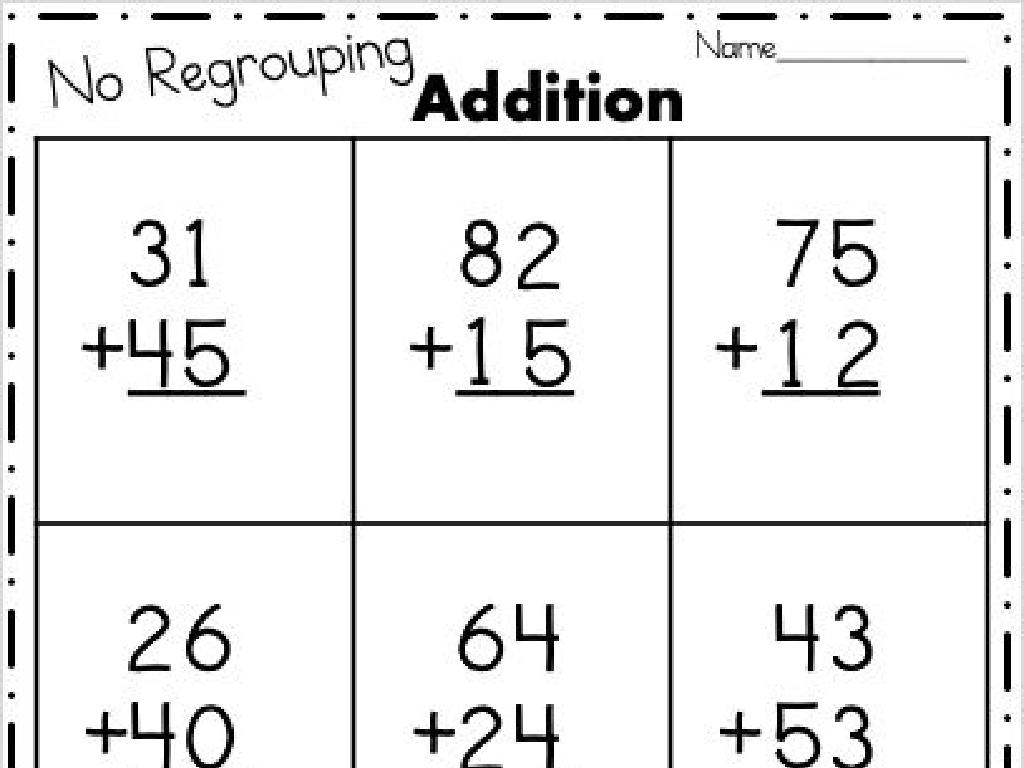Addition Word Problems - Sums Up To 10
Subject: Math
Grade: Kindergarten
Topic: Addition Word Problems Up To 10
Please LOG IN to download the presentation. Access is available to registered users only.
View More Content
Welcome to Addition!
– Learning to add numbers
– Adding is putting two numbers together to make a new number.
– Solving puzzles with sums up to 10
– Use objects like blocks or fingers to count up to 10.
– Becoming addition experts
– With practice, you’ll be able to add quickly and easily!
|
This slide is designed to introduce Kindergarten students to the concept of addition as a fun and engaging activity. Start by explaining that addition is simply combining two groups of things to find out how many there are in total. Use visual aids like blocks or pictures to demonstrate simple addition problems. Encourage the children to use their fingers or objects around them to practice adding numbers together. Make sure to praise their efforts as they begin to understand and solve the puzzles, reinforcing the idea that they are becoming ‘addition experts’. The goal is to create a positive and supportive learning environment that fosters a love for math.
Learning to Add: Sums Up to 10
– What is addition?
– Putting together numbers to find a total
– Adding makes totals bigger
– When we add, our number grows!
– The ‘+’ sign means add
– Use ‘+’ to show adding in problems
– Practice with numbers 1-10
– Let’s add numbers like 2 + 3 or 4 + 5!
|
This slide introduces the concept of addition to Kindergarten students. Start by explaining that addition is the process of combining two or more numbers to find out how many there are altogether. Emphasize that when we add, the total number of items increases. Show the addition sign ‘+’ and explain that it is used to indicate that numbers are being added together. Use simple examples with sums up to 10 to illustrate the concept, such as adding fingers, toys, or other classroom items. Encourage students to practice with you by using real objects or visual aids to help them understand the concept of addition.
Reading Addition Word Problems
– Word problems are number stories
– Read carefully to know what to add
– Practice reading a problem together
– Example: ‘Sam has 2 apples, Ana gives him 3 more. How many apples does Sam have now?’
– Find the sum up to 10
– Use fingers or objects to add numbers
|
This slide introduces kindergarteners to the concept of addition word problems. Emphasize that word problems are like stories that involve numbers, and we need to read them carefully to understand what numbers to add together. During the class, practice reading a simple word problem aloud and solve it as a group. Encourage the students to visualize the problem with real objects or by using their fingers to count, ensuring the sums do not exceed 10. This hands-on approach helps them grasp the concept of addition in a tangible way. Prepare a few examples with different scenarios to ensure students can apply the concept in various contexts.
Solving Addition Word Problems
– Find numbers and keywords in problems
– ‘In all’ and ‘together’ mean add
– Solve a problem with countable objects
– E.g., 3 apples + 2 apples, how many apples in all?
– Practice with real-life examples
– Use toys or snacks to make it fun and tangible
|
This slide introduces kindergarteners to the concept of solving addition word problems with sums up to 10. Emphasize the importance of identifying numbers and keywords that indicate addition, such as ‘in all’ or ‘together.’ Use simple, relatable examples with objects that children can physically count, like apples or toys, to demonstrate the concept. Encourage students to visualize the problem and use their fingers or manipulatives to add the numbers together. Provide several real-life scenarios for them to practice, ensuring they understand the process of combining quantities to find the total. The goal is to make the learning experience interactive and enjoyable.
Adding Apples: Word Problems
– Count apples in two baskets
– Add 3 apples and 2 apples together
– Use fingers or objects to add 3 + 2
– Find the total number of apples
– 3 apples + 2 apples equals how many?
– Understand addition through story
– The story helps us learn to add numbers
|
This slide introduces students to addition word problems with sums up to 10, using a relatable example of counting apples in baskets. Start by reading the problem aloud and encourage the children to visualize the scenario. Demonstrate the addition using physical objects like toy apples or fingers to help them count. After adding the apples from both baskets, guide the students to the correct sum. Emphasize that the story is a fun way to understand addition. For the activity, provide various word problems involving different objects and sums up to 10, and let the students solve them with hands-on materials or drawings.
Let’s Practice Addition Together!
– Starting with 4 balloons
– You give me 3 more balloons
– We add 4 balloons + 3 balloons
– Adding the numbers together
– Can you find the sum?
– Use your fingers to count all the balloons
|
This slide is an interactive class activity designed to help Kindergarten students practice addition with sums up to 10. Start by presenting the problem about balloons, which is a relatable and visual example for young learners. Explain that we are adding to the number of balloons we have. Encourage the students to visualize the balloons as they add them together. Ask the students to use their fingers to count up from 4 to 7, reinforcing the concept of addition. After the activity, discuss the answer as a class and ensure that each student understands how we arrived at the sum of 7 balloons. Prepare to offer additional similar problems for more practice and to solidify their understanding of addition within 10.
Activity Time: Addition Scavenger Hunt
– Let’s start our scavenger hunt!
– Find items in pairs to add
– Maybe 2 pencils plus 2 erasers?
– Solve your addition problems
– Use your fingers or drawings to add
– Share your findings with the class
– Tell us what you added and the total
|
This activity is designed to make learning addition fun and interactive for Kindergarten students. Set up various stations around the classroom with different sets of items that the children can count and add together. Encourage them to use physical objects, their fingers, or drawings to help them solve the addition problems they create. As they complete their scavenger hunt, they should write down or remember the items they added and what the sums are. At the end of the activity, each student will have the opportunity to share their findings with the class, reinforcing their understanding of addition and their ability to solve word problems with sums up to 10.
Celebrating Addition Stars!
– Congrats on learning addition!
– Adding means combining numbers
– Like 2 apples + 3 apples = 5 apples
– You’ve become addition stars!
– Keep practicing at home!
– Try adding toys, books, or snacks
|
This slide is meant to congratulate the students on their hard work and to reinforce the concept of addition as combining numbers to find a total. It’s important to end on a positive note, making the students feel like ‘addition stars’. Encourage them to continue practicing with everyday items to strengthen their understanding. The teacher can suggest parents to involve children in real-life adding situations, like counting fruits, toys, or other objects at home. This will help solidify their grasp of addition in a fun and practical way.






